According to mythology, wine is a gift from the gods. Perhaps this is true, given how many types of wine are out there! If you aren’t a wine connoisseur, the different varieties might leave you confused. You might ask what a dry wine is and what makes it different from others.
What Is Dry Wine?
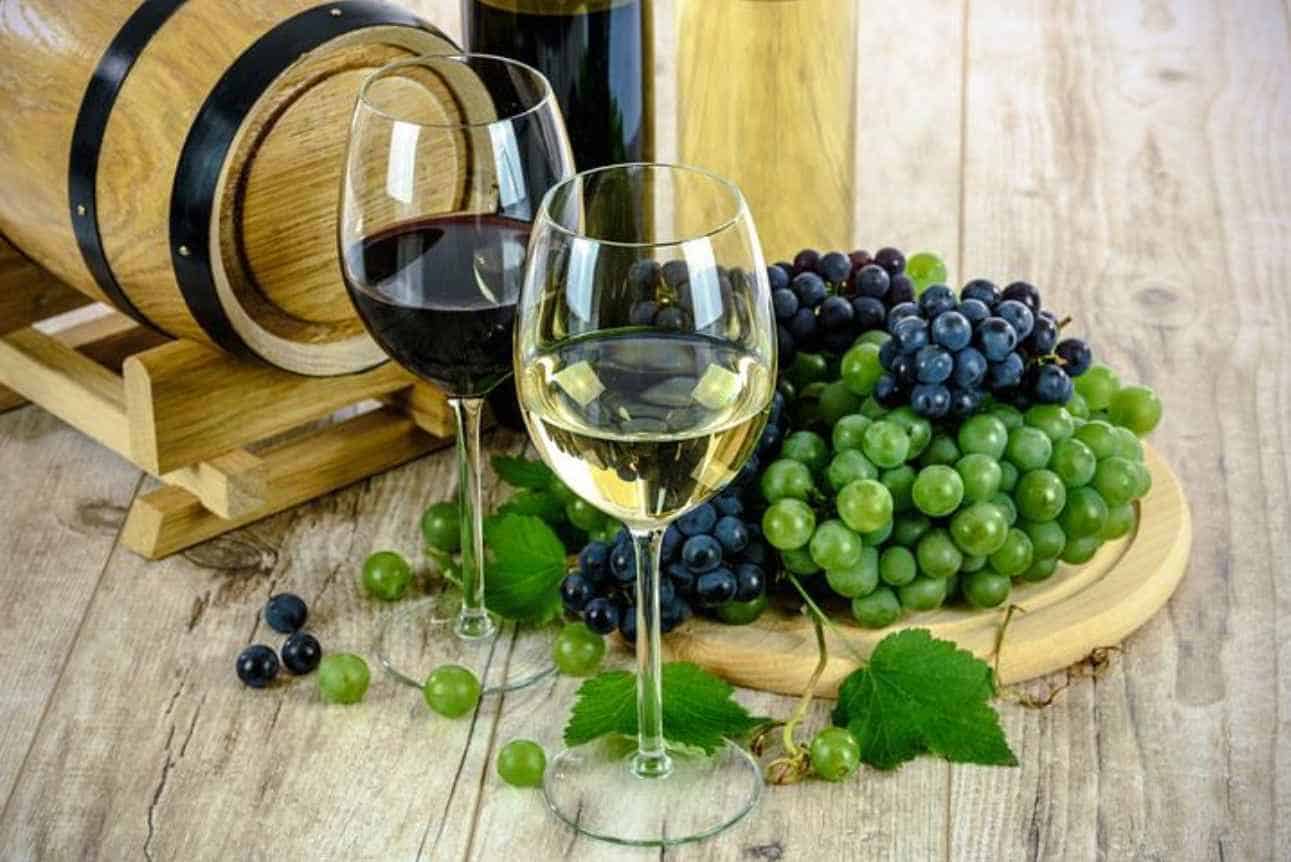
Drinking good wine is an experience. Whether you pair wine with delectable food or drink it by itself, you should have a wonderful time. If you came across a dry wine that left you bewildered, you might be interested in looking into how it came together. Believe it or not, there’s a lot of science and a whole lot more involved.
Before getting into the thick of things, here’s something important you should be aware of. Have you felt that dry feeling in your mouth after tasting or drinking wine? Some might think that defines what a dry wine is. However, that is not always true. It has something more to do with the wines with high tannin content.
Dry Wine refers to wines that contain little to no residual sugar. When you drink dry wine, there’s not a lot of sweetness to it. If it only has less than 1% sweetness, then that’s categorized as a dry wine.
A dry wine usually has 5 grams of residual sugar per liter. There are also wines considered as medium-dry and off -dry. They contain 1 to 2% and 3% residual sugar levels respectively.
What’s The Process Of Making Dry Wine?
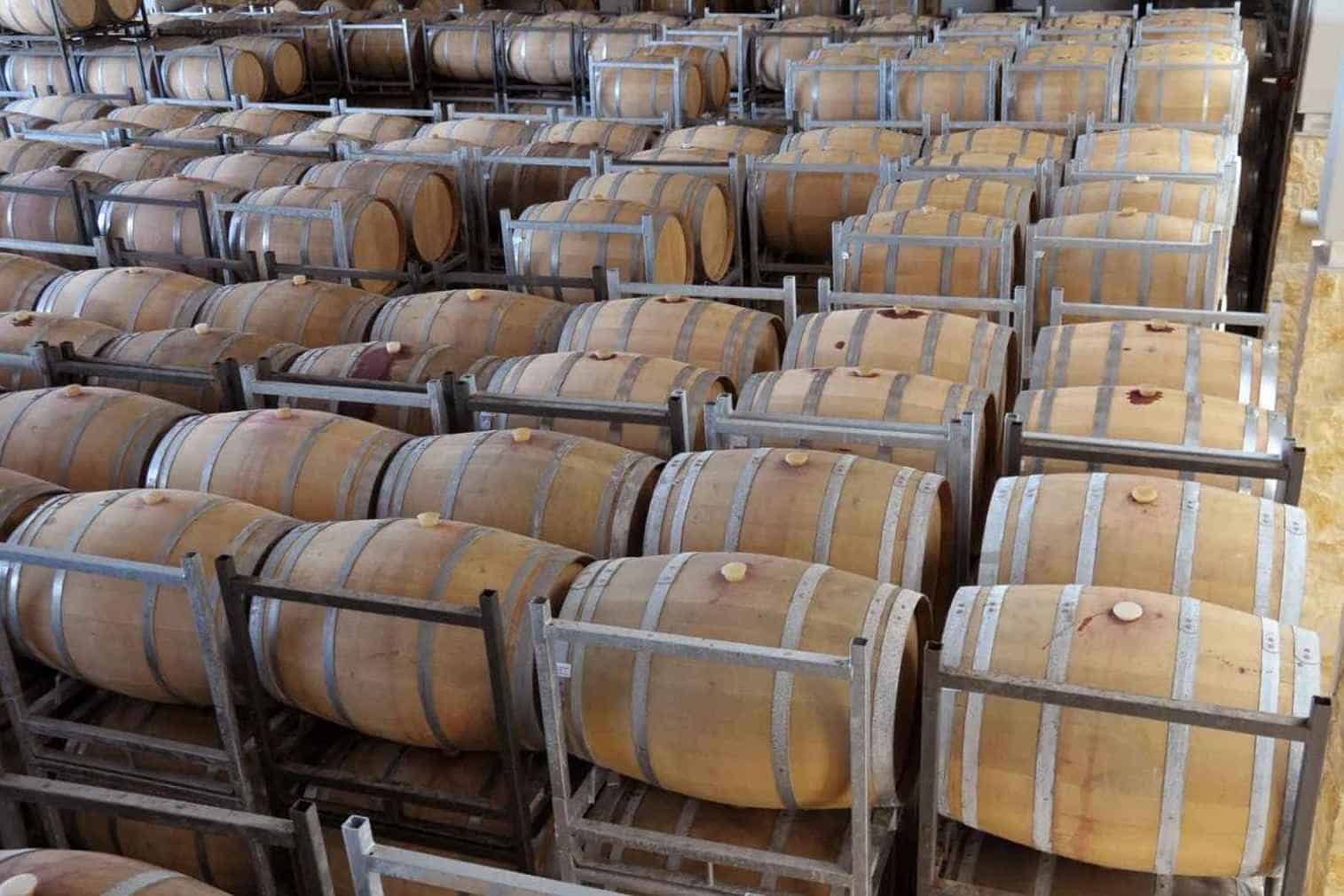
People have been drinking wine for thousands of years. And throughout history, the process of making wine keeps improving. Some winemakers have their own processes and techniques. However, here’s how dry wine is generally made.
Fermentation Time
The fermentation process in wine-making plays a crucial part. And the natural sugar found in grapes is one of the main catalysts. Before the grapes are harvested, winemakers would measure the sugar the mature grapes have.
A scale called Brix measures this. If the grapes are harvested earlier, the Brix level might be low. If the grapes are harvested way too late, you are left with overripe grapes.
Basically, the Brix level can affect the wine before, during, and after the fermentation process, including dry wines. However, as long as other factors in making the wine are adjusted accordingly, the balance is still achievable.
During the fermentation process, yeast is added to the grape extracts. As the grapes ferment, the yeast eats up its sugar content, producing alcohol and carbon dioxide. It takes about 5 to 21 days for sugar to convert into alcohol. However, it depends on the type of wine produced.
After the alcohol fermentation stage, there is residual sugar left. If you want to make a dry wine, you just let the fermentation be until not a lot of residual sugar is left. Compared with dry wines, wines containing more residual sugar left, referred to as “sweet” wine, tend to have a shorter fermentation period.
Sip And Enjoy: Common Dry Wines
With your newfound knowledge, you might develop a sweet spot for dry wines. With so many wines out there, some might find it intimidating when it’s time to choose, especially since wine labels don’t tell you if the wine is dry or not. If you want to dry wines, whether the red or white kind, here are some of the most common ones:
One of the best things about Red Dry Wine is that it’s not that hard to find. Most of the red wines in the market or restaurants are of the dry variety made from the common kinds of grapes.
Cabernet Sauvignon
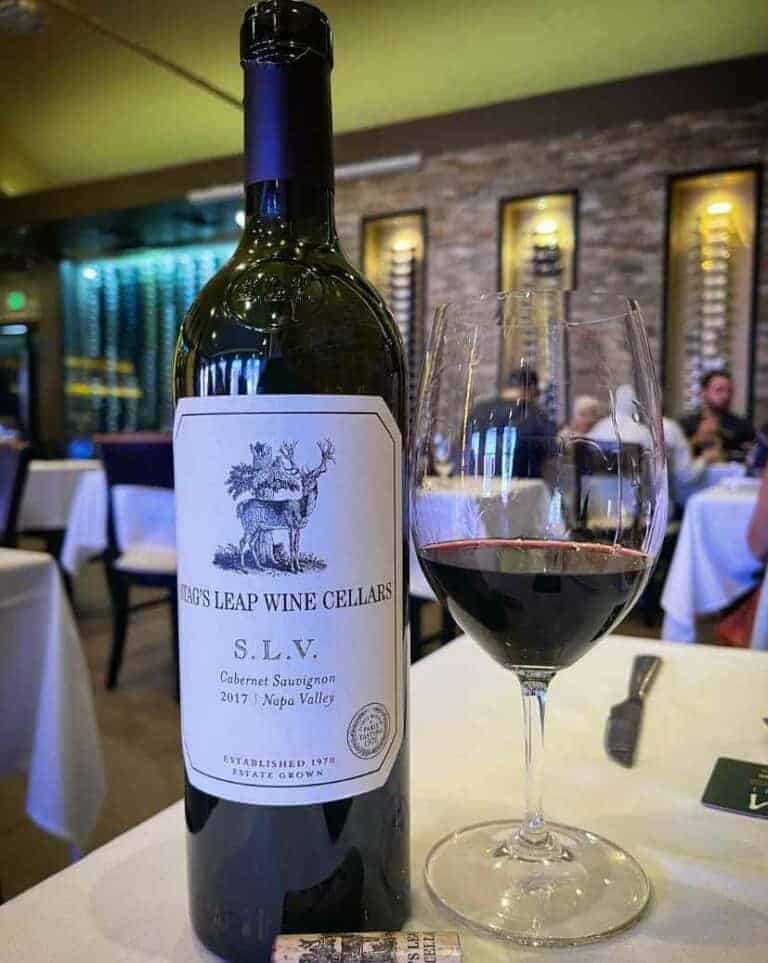
It is one of the most popular wines out there. And it happens to be one of the driest wines out there. Cabernet Sauvignon is a grape variety produced after combining two types of grapes – Sauvignon Blanc (white) and Cabernet Franc (red).
Cabernet Sauvignon is grown in both old and new wine-making worlds. This grape can grow in various climates, so it’s no surprise it’s grown in many places. And regardless of where it’s from Cabernet Sauvignon wines are dry. Its tannin levels fall between medium to high. And it’s one of the wines with low acidity levels.
If you truly want to enjoy this dry wine to its fullest, you should use a Bordeaux glass.
Pinot Noir
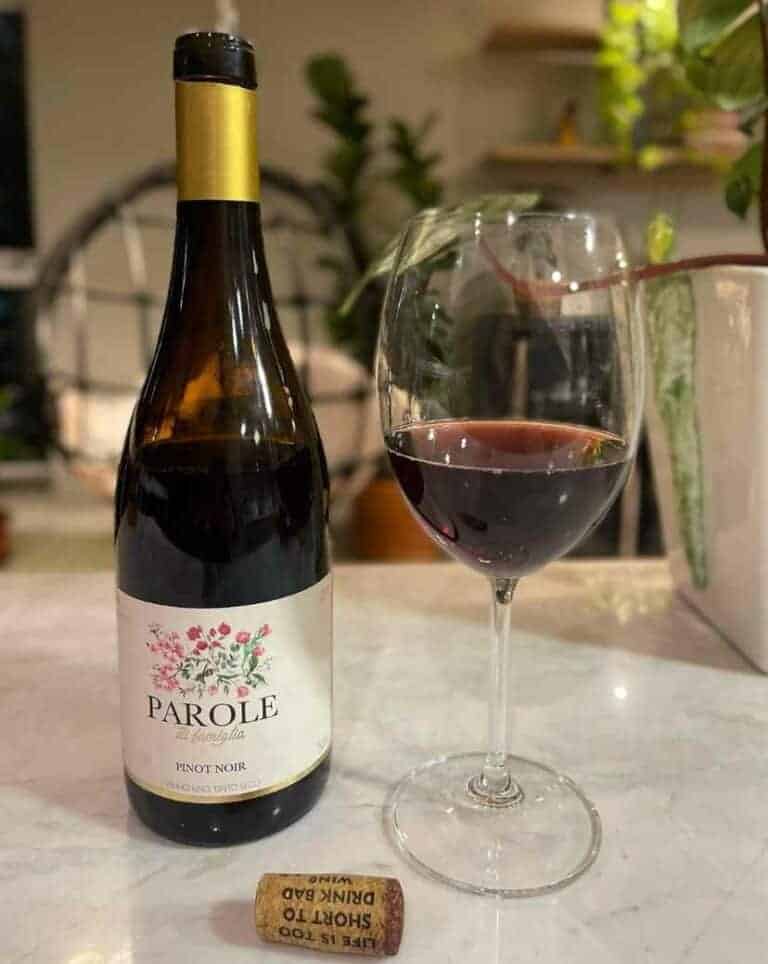
Pinot Noir is another popular dry red wine. Its taste depends on the climate the grapes are grown and the way it’s produced. But it generally has a complex flavor. Pinot Noir grown in New World producers tends to have higher alcohol levels than the ones made in France. Its acidity level is also high.
When drinking a glass of Pinot Noir, you can taste its juiciness and richness. However, this does not mean that it has a sweet taste. It’s the opposite. Pinot Noir wines are always made dry.
Merlot
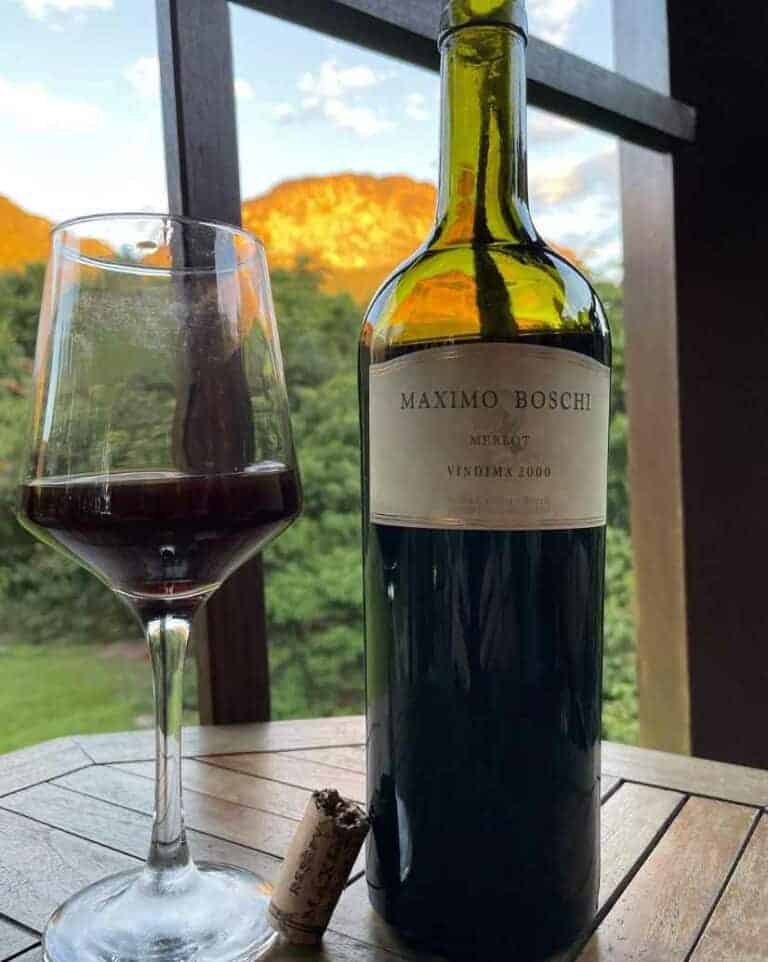
It is a ruby red wine that has low levels of tannin. When you drink this dry wine, it won’t leave you with that mouth-drying feeling. However, it also has a high alcohol level, usually 13.5% or above. It also has medium-level acidity.
Merlot is one of those wines that will have no residual left after its fermentation, making it one of the top choices for dry red wines. If you are a newbie, this variety is perfect for you. It’s juicy and fruity without overwhelming you.
Malbec
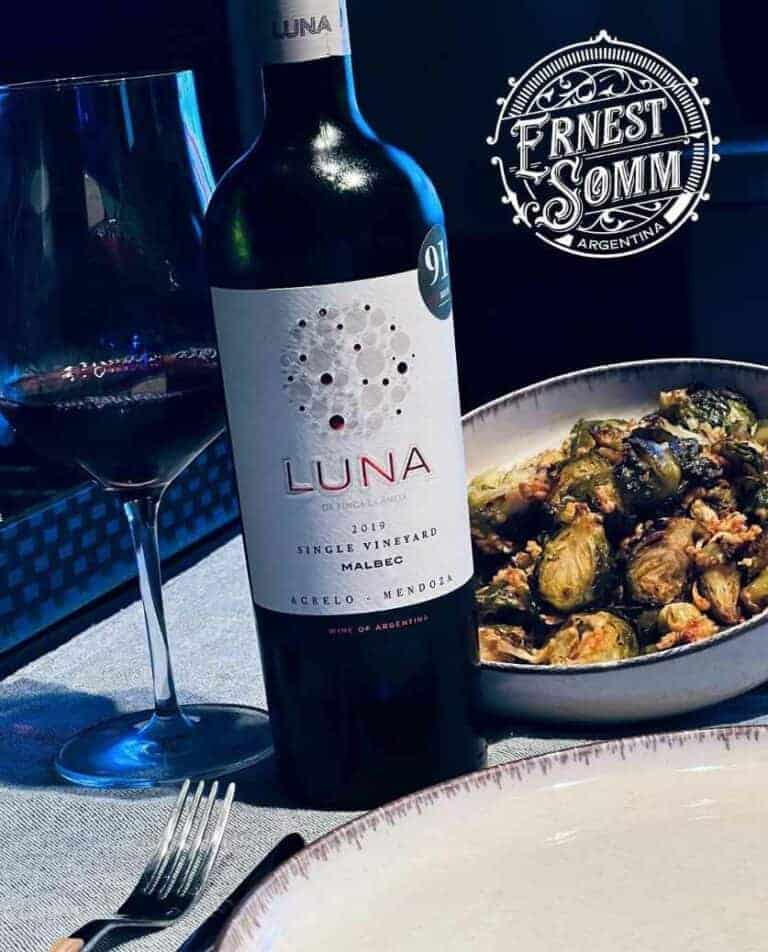
Malbec is a dry wine that has been growing in popularity. It’s abundant in the South West region of France. However, it can also be found in Argentina. The South American country now produces about 75% of all the Malbec grapes in the world.
Compared with other dry red wines, Malbec tends to have a thinner flavor profile. It also has a fruity and tangy flavor. Its acidity and tannin levels are mid.
Sauvignon Blanc
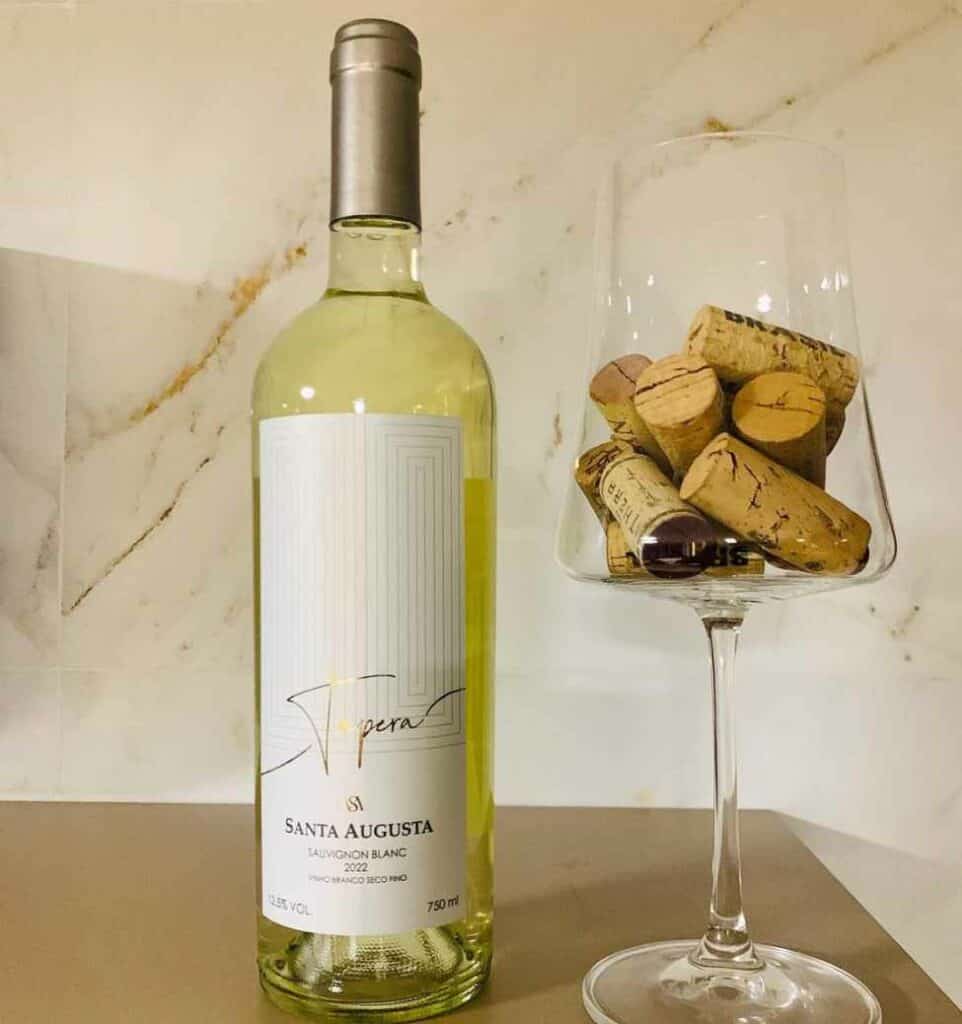
Sauvignon Blanc is one of the most popular wines in the dry. And it’s also one of the top choices when it comes to dry white wines. This wine came from France but it has made its way to other parts of Europe. It’s also grown in Australia, Chile, South Africa, and the United States.
While there’s not a lot of sweetness, you can feel its acidity after taking a sip. It’s considered as a medium-bodied wine due to its alcohol content.
Pinot Grigio/Pinot Gris
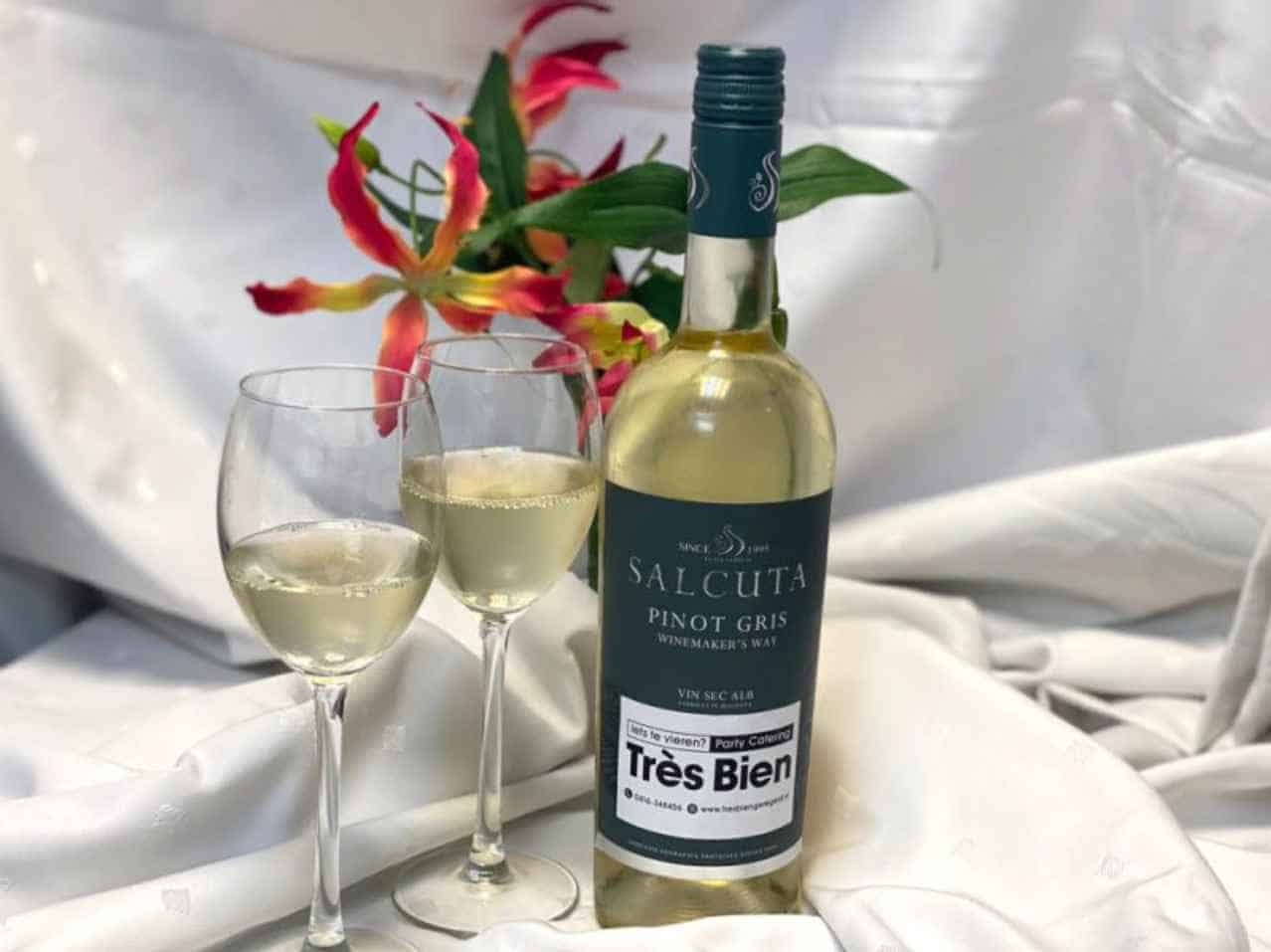
If you have come across bottles of white wine with these names, know that they are actually from the same type of grape. The difference is in their flavor profiles. The French call this wine Pinot Gris, while the Italians refer to it as Pinot Grigio.
Between the two, Pinot Grigio tends to be richer and zestier in flavor. But in general, this dry white wine is simple. And it’s less sweet compared to other white wines out there.
Chardonnay
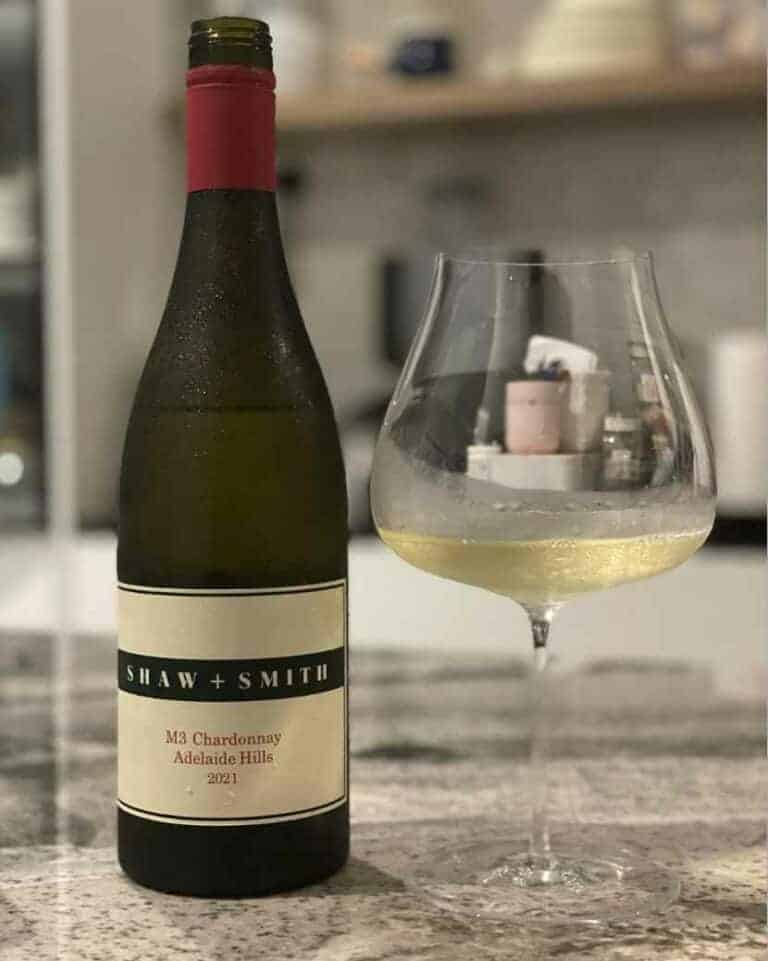
If you have drank Chardonnay before, you would probably wonder how it is considered a dry wine when it has hints of sweetness. Well, Chardonnay is a dry wine but some wine-makers add sweeteners to add flavor.
This wine was first produced in Burgundy, France. However, it is now also made in places with cooler climates like Chile and Western Australia.
Dry Wine: A Healthier Option

Studies have shown that drinking wine, including dry wine, moderately has some health benefits. With that said, don’t be afraid to drink dry wine whenever you can, especially if you are eating a good meal.
Lowers Glucose Levels
Dry wine has polyphenols which help lower risks of Type 2 Diabetes and heart disease. Apart from that, dry wines have less sugar content than other types of wines or beverages, it’s something you can drink without worrying about your blood sugar levels. The residual sugar was removed during the fermentation process.
If you care for your health but still want to sip some wine, you can get a bottle of Pinot Grigio, Chardonnay, or Sauvignon Blanc. Since these are popular dry white wines, they won’t be difficult to get hold of!
Dry Wine Is Rich In Antioxidants
Grapes contain resveratrol. It’s an antioxidant found in the skin of grapes. And since red wine is fermented with the grape skin, you can find resveratrol in it as well. It helps increase HDL, also known as good cholesterol, in the body.
It also helps lower blood pressure. Basically, it’s good for your heart! Antioxidants found in wine also aid in fighting free radicals which affect human health.
Antioxidants also help in making the immune system stronger. When a virus enters the body, antioxidants fight them off.
Some of the healthiest red dry wines include the following:
- Pinot Noir
- Merlot
- Malbec
- Cabernet Sauvignon
- Tannat
- Nebbiolo
Cheers For Dry Wine
There’s a lot of labor and love that goes into making dry wines. And every dry wine you try tells a different story. So don’t be afraid to Indulge in your dry wine of choice whenever you can and relish every single sip!
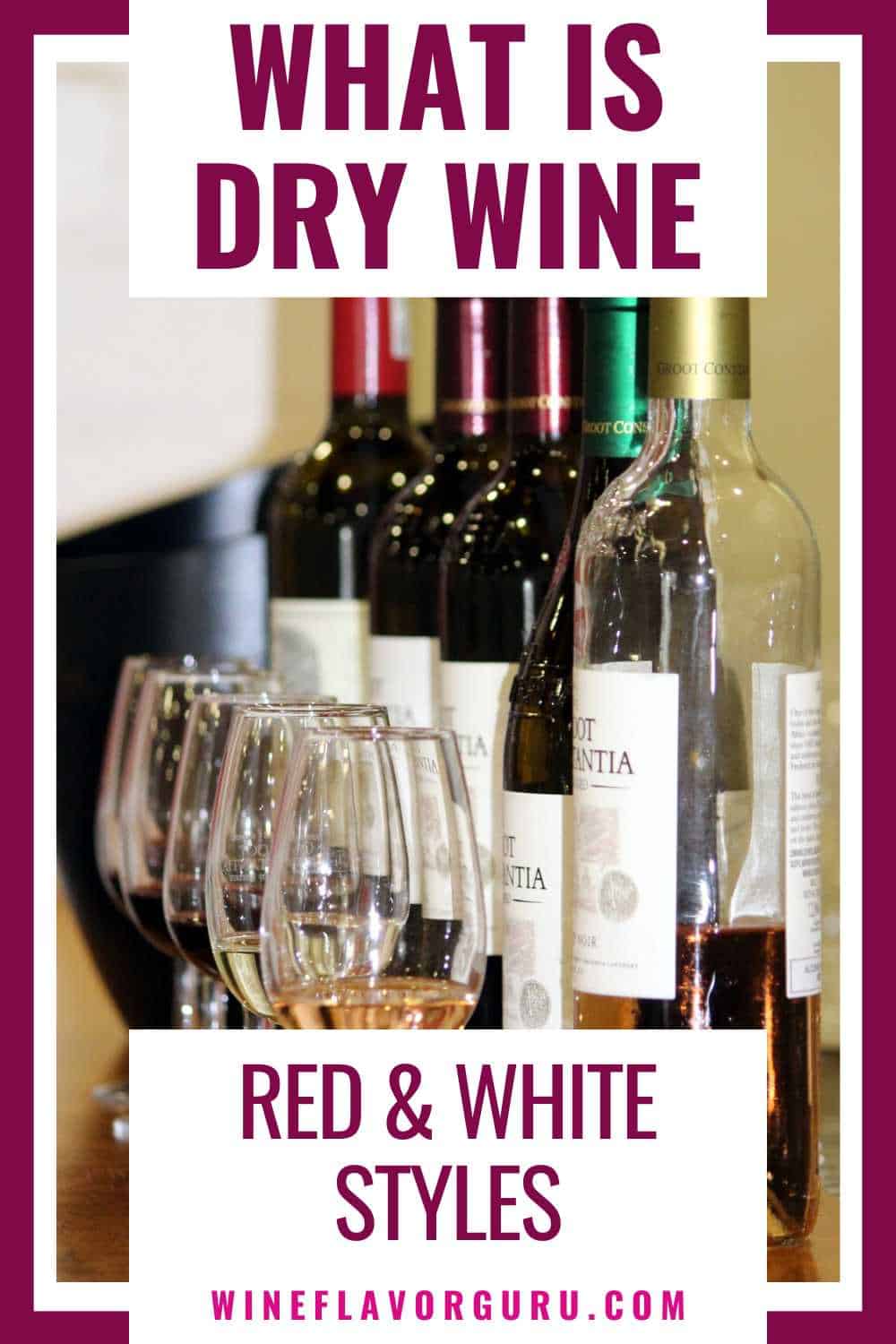

George Moore, co-founder of Wine Flavor Guru, is a charismatic entrepreneur with a rich background in California’s wine industry. Alongside Sylvia, he transformed a Sonoma County vineyard into a source of premium wines. George’s expertise in sourcing exceptional grapes and his approachable style make wine appreciation both accessible and engaging.
